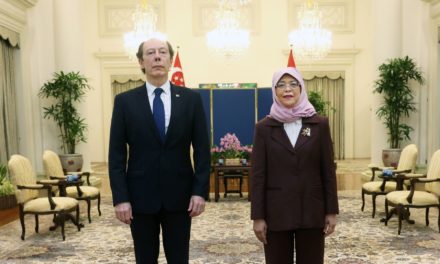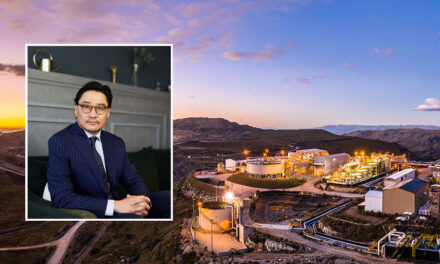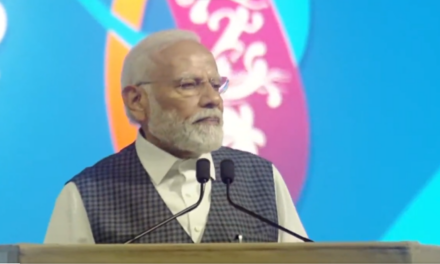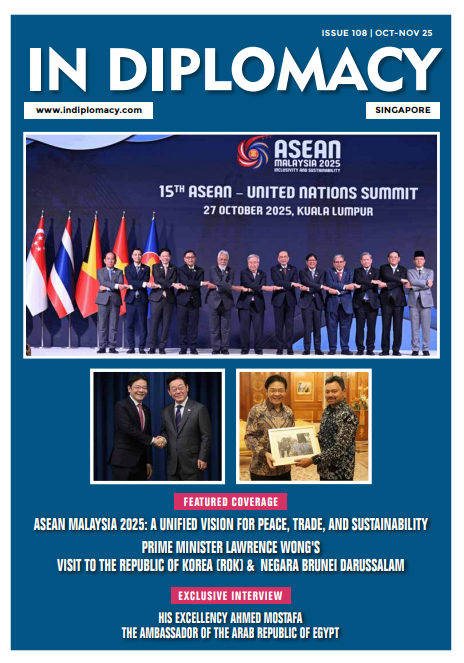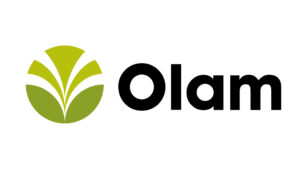Bangladesh Offers Strong Macro-Fundamentals An Essential Precondition for Private Investment
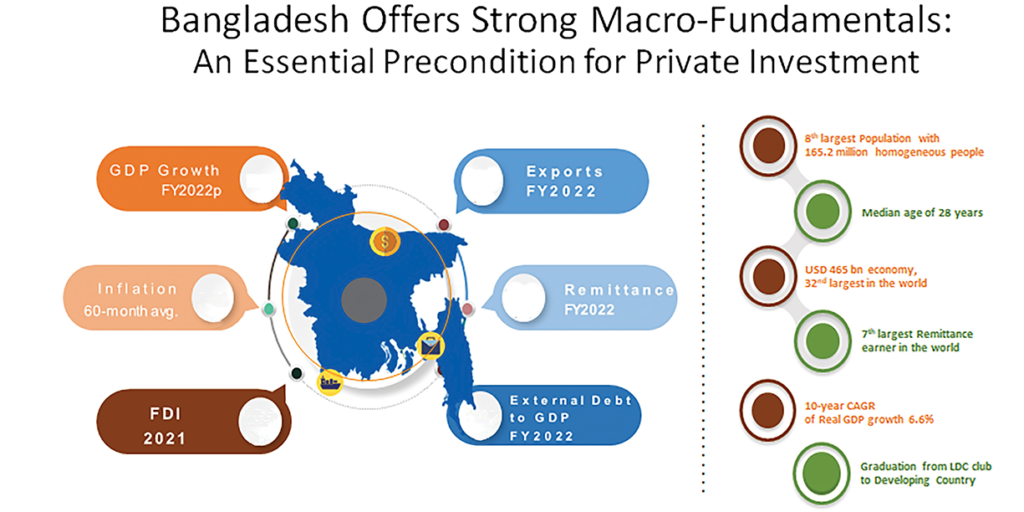
Bangladesh is currently the second largest economy in South Asia and the 35th largest economy in the world. The government’s goal is to transform the country into the next manufacturing and digital hub of Asia, presenting a promising investment opportunity across a broad range of sectors worth hundreds of billions of dollars.
Over the past decade, Bangladesh has sustained a GDP growth rate of over 6%, and per capita income has increased from US$128 in 1971 to approximately US$2800. The country’s annual exports have grown from $0.55 billion to over $60 billion. Bangladesh’s remarkable growth trajectory demonstrates the government’s and people’s commitment to further progress.
During the global recession of 2008, the resilience of Bangladesh’s economy was tested, and it achieved growth rates of 5.5% and 5.4%, respectively. Similarly, during the COVID-19 pandemic, the country managed to sustain a growth rate of 4%-5%. A robust and regular inflow of remittance, sent by the expatriate workers, remains a key pillar for the sustainability of the country’s exchequer. Bangladesh has proven itself to be a dynamic and resilient economy, which investors can rely on for realizing their investments with adequate financial returns in a relatively short time frame.
Bangladesh is the 9th largest consumer market globally and is projected to remain so in 2023, with an estimated 34 million people in the middle income and affluent class by 2025, according to the Boston Consulting Group. The government has increased private sector engagement, and its policies have promoted greater economic liberalization, deregulation, and trade integration. Prudent fiscal management has kept public debt low at 36% of GDP. In the financial year 2021-22, trade amounted to US$141.4 billion, with exports totaling US$50 billion.
A special note has to also be added on how Bangladeshi women have been contributing to the national economy. According to a World Bank report from 2003 to 2016, Bangladesh increased the female labour participation rate by 10 percent to 36 percent, thanks to the readymade garments (RMG) and livestock sectors. In fact, today over 70 percent of rural women are small-holder farmers and own poultry and other livestock
Bangladesh is currently the second largest economy in South Asia and the 35th largest economy in the world. The government’s goal is to transform the country into the next manufacturing and digital hub of Asia, presenting a promising investment opportunity across a broad range of sectors worth hundreds of billions of dollars.
Over the past decade, Bangladesh has sustained a GDP growth rate of over 6%, and per capita income has increased from US$128 in 1971 to approximately US$2800. The country’s annual exports have grown from $0.55 billion to over $60 billion. Bangladesh’s remarkable growth trajectory demonstrates the government’s and people’s commitment to further progress.
During the global recession of 2008, the resilience of Bangladesh’s economy was tested, and it achieved growth rates of 5.5% and 5.4%, respectively. Similarly, during the COVID-19 pandemic, the country managed to sustain a growth rate of 4%-5%. A robust and regular inflow of remittance, sent by the expatriate workers, remains a key pillar for the sustainability of the country’s exchequer. Bangladesh has proven itself to be a dynamic and resilient economy, which investors can rely on for realizing their investments with adequate financial returns in a relatively short time frame.
Bangladesh is the 9th largest consumer market globally and is projected to remain so in 2023, with an estimated 34 million people in the middle income and affluent class by 2025, according to the Boston Consulting Group. The government has increased private sector engagement, and its policies have promoted greater economic liberalization, deregulation, and trade integration. Prudent fiscal management has kept public debt low at 36% of GDP. In the financial year 2021-22, trade amounted to US$141.4 billion, with exports totaling US$50 billion.
A special note has to also be added on how Bangladeshi women have been contributing to the national economy. According to a World Bank report from 2003 to 2016, Bangladesh increased the female labour participation rate by 10 percent to 36 percent, thanks to the readymade garments (RMG) and livestock sectors. In fact, today over 70 percent of rural women are small-holder farmers and own poultry and other livestock
Source – Sun Media Magazine ” SAUDI ARABIA GATEWAY TO THE MIDDLE EAST 2023 “
To Read the full issue Click here


